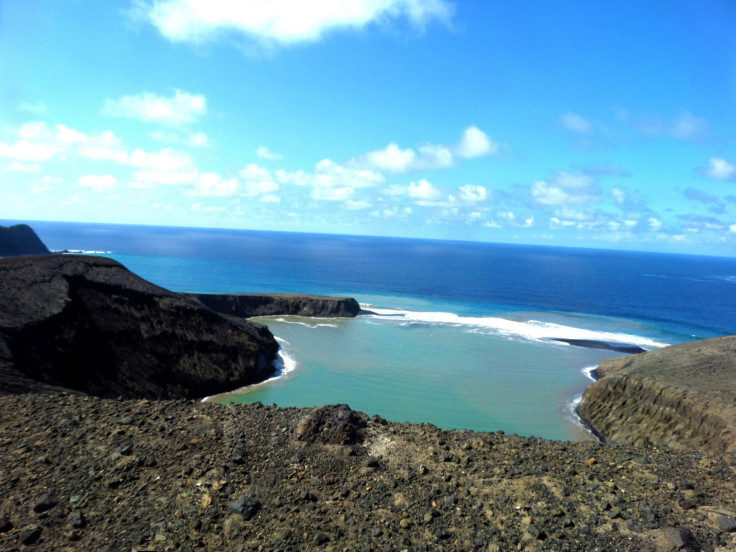New-born South Pacific island can offer insights into water on Mars
Researchers say the newly formed Tongan island might live up to 30 years.

Nasa researchers have found that a new-born volcanic island in the South Pacific Kingdom of Tonga might last much longer than previously thought -- an evolution process that could ultimately provide the agency new insights into the history of water on Mars.
In December 2014, an undersea volcano rising a mile above seafloor erupted ferociously amid the islands of Tonga in South Pacific. The event, which was captured by many, sent out a violent stream of rock and ash skywards.
A month later when the eruption ended and the debris settled, a new island with cliffs going as high as 400ft had appeared. Since then, the massive volcanic island has been unofficially called Hunga Tonga-Hunga Ha'apai – a name given after the older neighbouring islands sitting next to it.
Initially, it was thought the newborn Tongan island would not last more than a few months and would erode away much like other islands formed from such volcanic activity. But the island has survived the initial stage of evolution, something that has led Nasa to believe that its lifespan could go up to 30 years.
Nasa has been keeping a close watch on the island since 2015, studying it from various satellites. The researchers presented their results at the American Geophysical Union's fall meeting on 11 December, 2017.
"If we fit all of our data to date, we get a 26- to 30-year lifetime," Dan Slayback, a remote-sensing specialist at Nasa's Goddard Space Flight Centre, said at a press briefing.

According to Nasa, things appeared bad during first six months when the southern shore of the island washed away rapidly. However, the rate of erosion decreased and the island eventually stabilised, becoming the first of its kind in the last 150 years to have survived more than just a few months.
Though we still cannot be sure about the lifespan of the Tongan island, scientists plan to study what factors may have contributed towards extending the lifespan of the island. They think it could be something similar to what led to the formation of the Surtsey island in 1963 but will conduct a detailed chemical analysis of rock samples to know more.
"Our interest is to calculate how much the 3D landscape changes over time, particularly its volume, which has only been measured a few times at other such islands," said the Nasa study author Jim Garvin. "It's the first step to understand erosion rates and processes and to decipher why it has persisted longer than most people expected."
The group also believes that studying the erosion and topographic shifting of the newborn landmass over next decades could also offer new insights into very similar volcanic features found to exist on the Martian surface.
The island, as per the study, could serve as a model, helping scientists understand how similar volcanoes would have erupted in Martian waters a billion years ago or how long the water lasted.
"Everything we learn about what we see on Mars is based on the experience of interpreting Earth phenomena," Garvin added. "We think there were eruptions on Mars at a time when there were areas of persistent surface water.





















